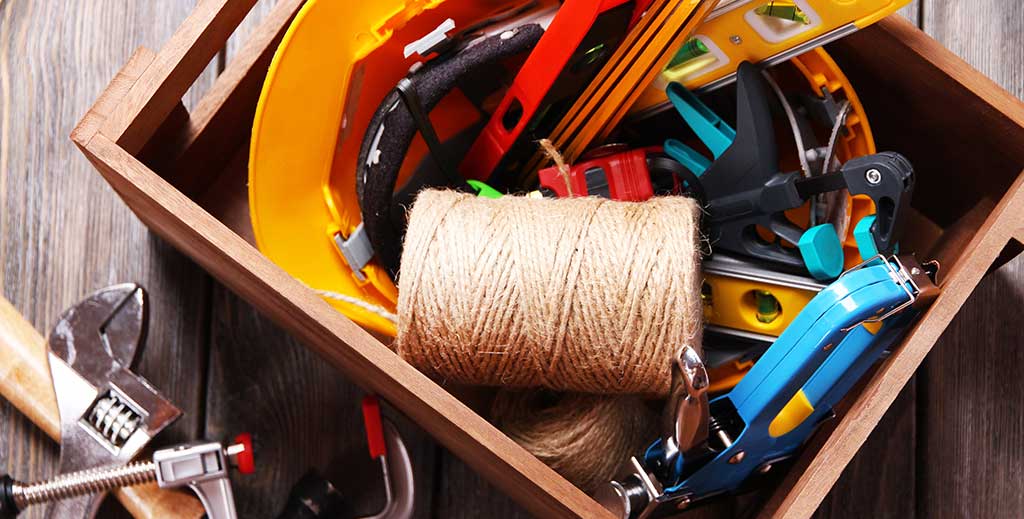“EMPLOYEE RESPONSIBILITY”
Safety is everybody’s business, and our safety program requires the active participation of management, supervisors and workers.
No one group or individual can do this job alone.
If you don’t hold up your end then the company’s safety procedures, training and equipment don’t get used effectively and accidents will happen.
If you don’t stay alert and report accidents, near misses and unsafe acts and conditions that you experience or observe at work, we may not know about them.
And would not be able to correct them and improve the prospect for everyone’s safety.
I. Responsibility Number One – Recognize Hazards
• Know what constitutes a hazard
• Be on the lookout for hazards
• Correct or report hazards
• Know what constitutes an unsafe act: Working without appropriate PPE, mixing incompatible chemicals, using a machine without a guard, tossing tools around.
(is there something that you can bump into or be struck by?)
• Look for: tripping and falling hazards, impact hazards), puncture and splinter hazards, electrical hazards, chemical or material hazards, blocked exits, unlabelled substances.
Good Housekeeping is a major part of keeping your work area safe.
For example, we should take a few minutes each day to ensure that aisles, hallways, and stairways in our work area are not obstructed.
If boxes, equipment, or anything else is left to pile up, we have a tripping hazard on our hands.
Those obstructions could keep us from exiting the building quickly and safely should we face an emergency situation.
II. Responsibility Number Two – Report Hazards
A big part of recognizing hazards is using your instincts.
Nobody knows our job as well as you, so we’re counting on you to let us know about possible problems.
Beyond recognizing hazards, you have to correct them or report them to someone who can. This too, is a judgement call.
For example, if something spills in your work area you can probably clean it up yourself.
However, if there is an unlabelled chemical container and you have no idea what it is, you should report it to your supervisor.
III. Know and use Safe Job Procedures
The training we receive gives us the information and equipment to do a job safely.
It is our responsibility legally and by plain common sense to make use of what we know or to seek clarification on instructions given prior to doing a task.
Keep Thinking.
Even if we are doing our job safely and we are avoiding hazards, there are often even better ways to work safely.
If you have ideas for improving the safety of your job or that of co-workers, share them.
“It is sometimes easy to dodge our responsibilities, but we cannot dodge the consequences of dodging our responsibilities.” Josiah Charles Stamp
Thanks TO for the share!



